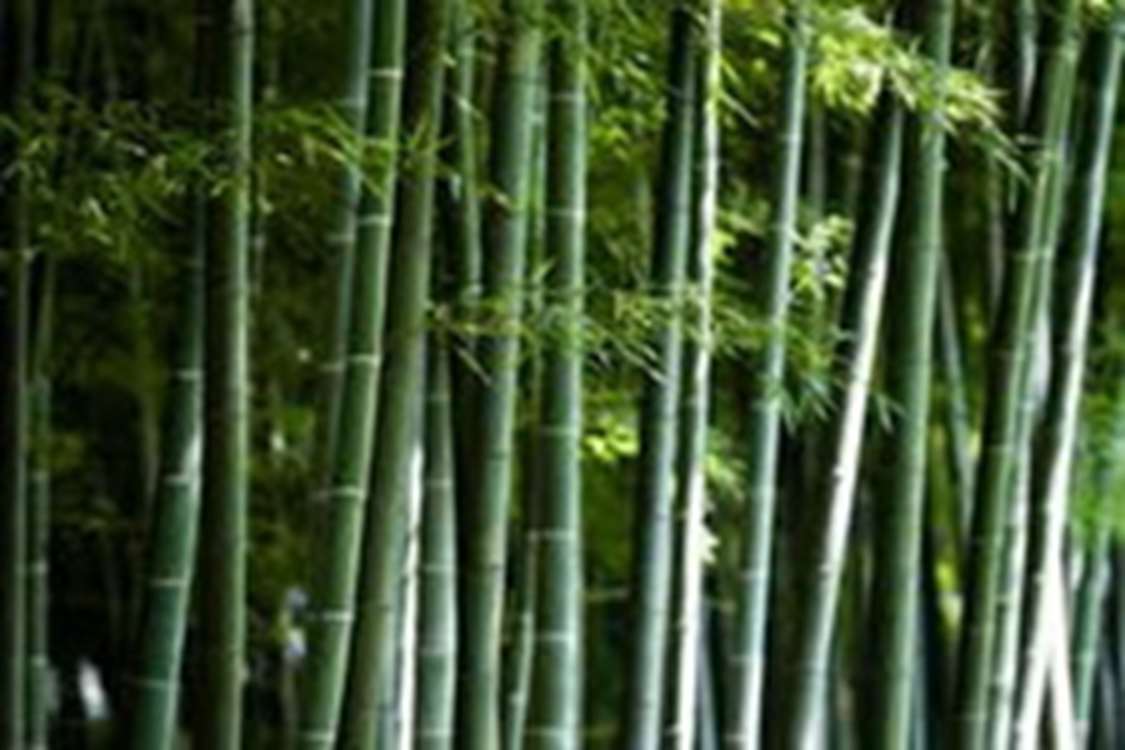Traditional bamboo cultivation system in the Republic of Korea earns place on global agricultural heritage sites list

Damyang Bamboo Field Agriculture System won recognition for
its unique multilayered bamboo forestry with agricultural biodiversity and
landscape preservation
Linked to a strong cultural identity, bamboo farmers have
established traditional environment knowledge for optimum temperature,
rainfall, wind direction, soil type and depth.
The Republic of Korea's traditional bamboo-based farming
system in Damyang has been recognized as a Globally Important
Agricultural Heritage System (GIAHS), a designation managed by the UN
Food and Agriculture Organization (FAO). It is the fifth time a site from the
Republic of Korea has won the GIAHS recognition.
Based on traditional agroecological practices, the site is
an impressive example of sustainable agriculture approach linking nature and
traditional farming practices while respecting the environment.
Started over a thousand years ago, the system relies on a
bamboo-based multilayered organisation of production where tea trees and
mushrooms are inter-cropped with bamboos. The landscape management also
includes farmlands, vegetable gardens, rice fields and water reservoirs.
Bamboo groves, usually formed at the lower mountainous areas
such as on the hilly areas in a valley, provide natural waterways around the
fields. In this way, the system ensures the dynamic circulation of water,
nutrients and biodiversity providing essential ecosystem services to the local
communities.
In addition, a tangle of rootstocks of bamboos prevents the
loss of soil from heavy rains or floods, fending off disasters. Thanks to their
planting density, bamboo fields form a colony also protecting the villages from
the cold winds in winter and the sweltering heat in summer. Thus, the Damyang
bamboo cultivation plays an important role in preserving the landscape from
soil erosion and violent temperature variations.
Food security, livelihoods, agrobiodiversity and traditional
knowledge
The multi-level structure of the Damyang bamboo fields
allows farmers to earn good income not only from harvesting bamboo shoots but
also from Jukro tea (special green tea), medicinal plants such as broadleaf
Liriope and wolfberries (goji berries), as well as special purpose crops
including mushrooms, all of which are compatible with bamboo cultivation.
Moreover, bamboo crafts have long served as the primary source of the farmers'
livelihoods.
The Damyang bamboo fields' agricultural system brings about
rich agricultural biodiversity. Bamboo trees are selected and cultivated
according to the needs of each farmer and are genetically different.
Farmers still depend on traditional ecological knowledge and
technique for good management of bamboo trees in the different growing stages
including site selection, planting, fertilization, thinning, trimming and
harvesting.
Source of News: http://www.fao.org/asiapacific/news/detail-events/en/c/1295613/






